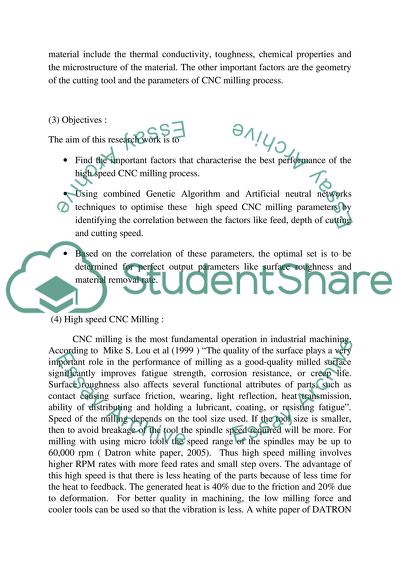Cite this document
(“Investigation of Process Parameter Optimization of High Speed CNC Research Paper”, n.d.)
Retrieved from https://studentshare.org/engineering-and-construction/1436504-ypinvestigation-of-process-parameter-optimization
Retrieved from https://studentshare.org/engineering-and-construction/1436504-ypinvestigation-of-process-parameter-optimization
(Investigation of Process Parameter Optimization of High Speed CNC Research Paper)
https://studentshare.org/engineering-and-construction/1436504-ypinvestigation-of-process-parameter-optimization.
https://studentshare.org/engineering-and-construction/1436504-ypinvestigation-of-process-parameter-optimization.
“Investigation of Process Parameter Optimization of High Speed CNC Research Paper”, n.d. https://studentshare.org/engineering-and-construction/1436504-ypinvestigation-of-process-parameter-optimization.


